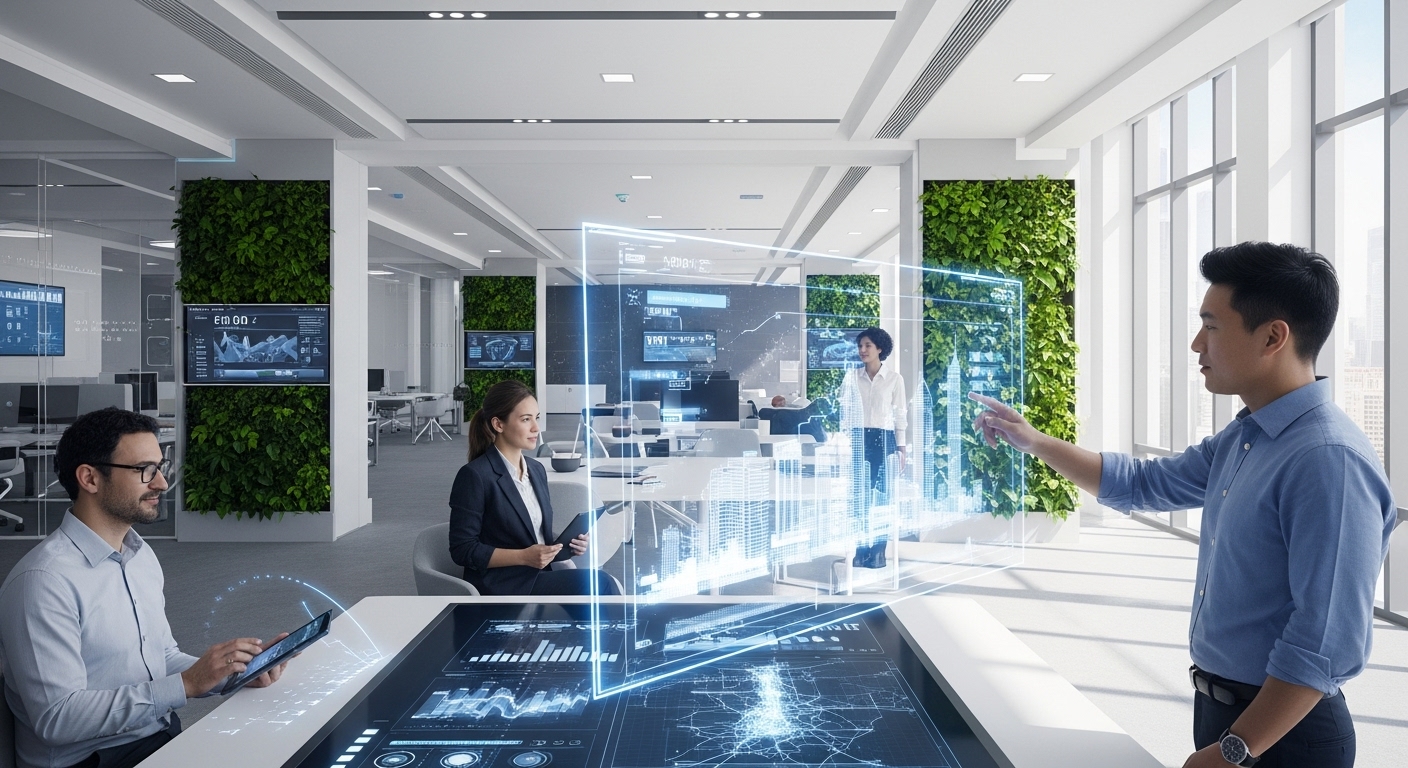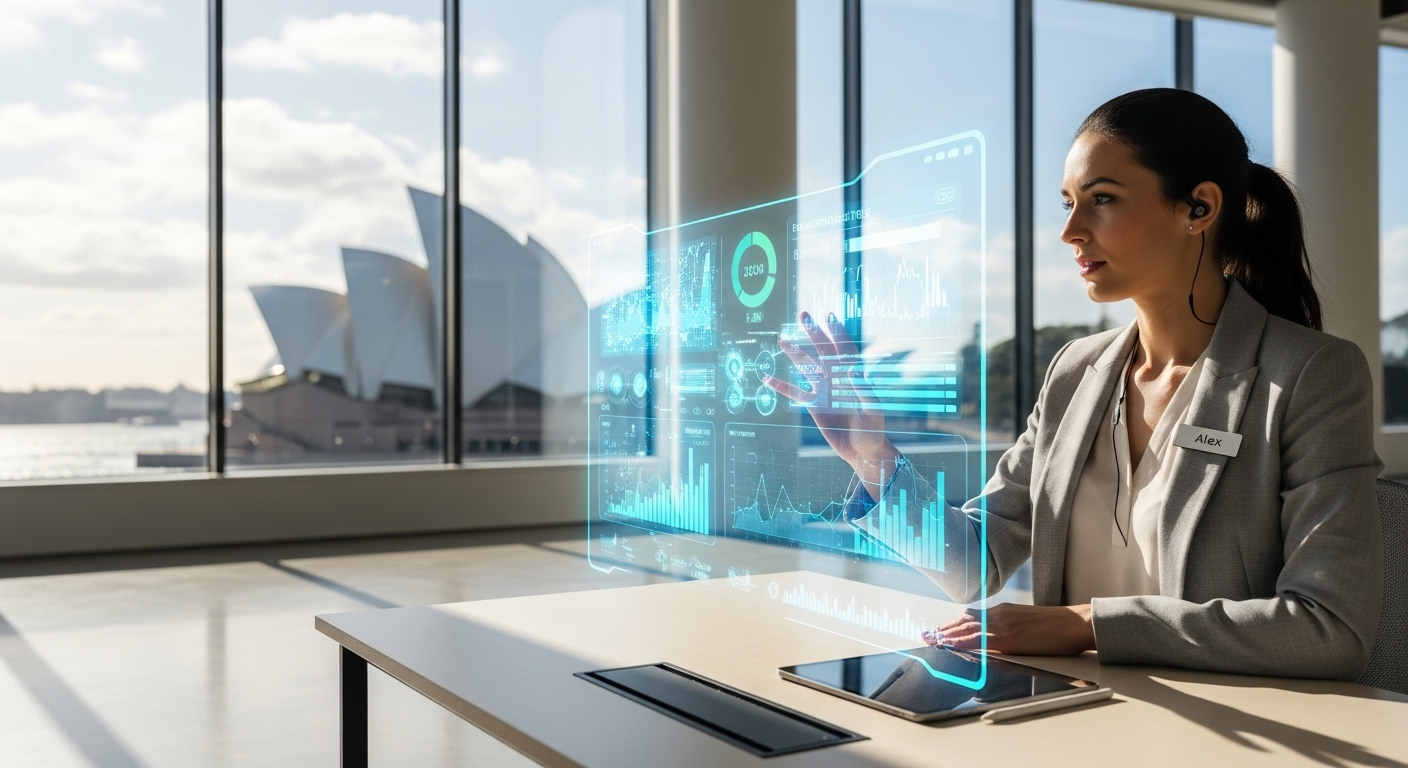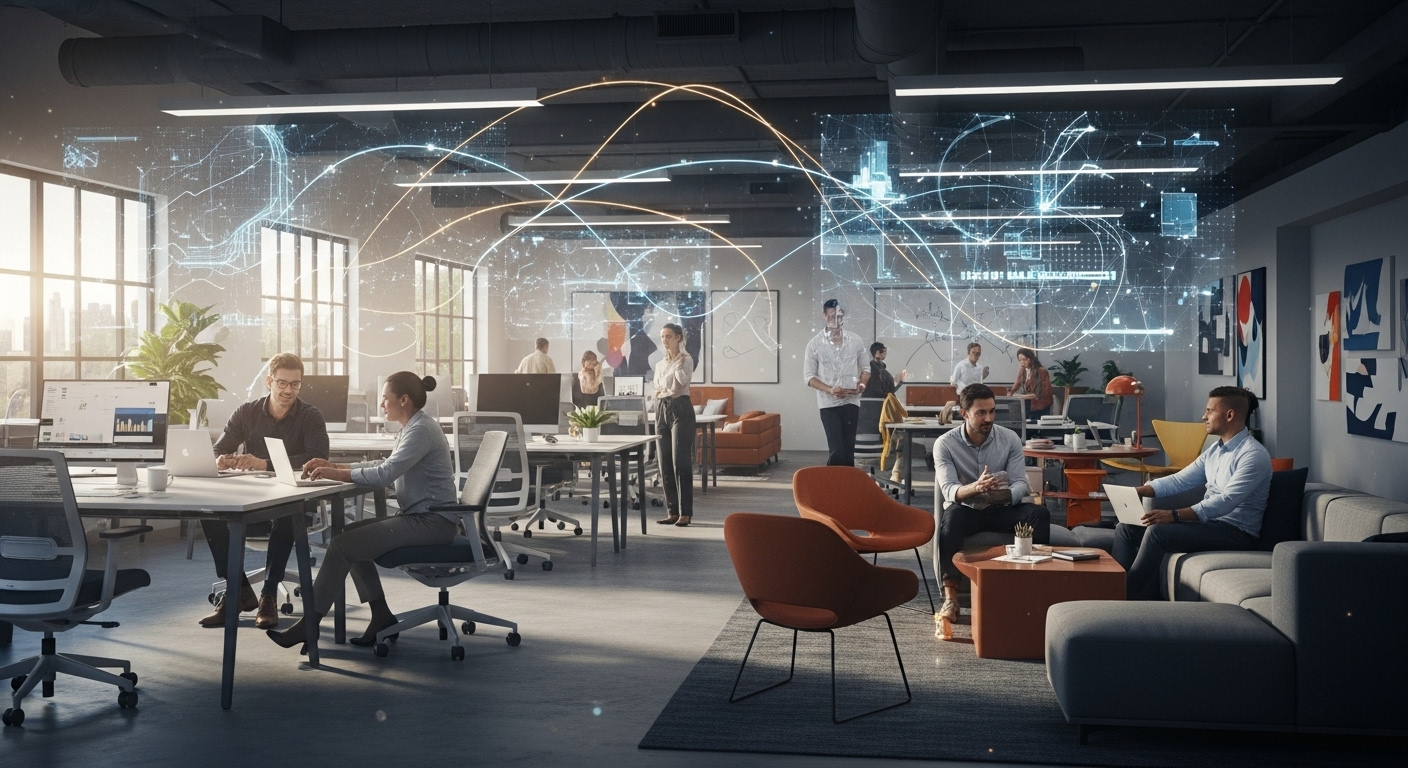The modern workplace is in the midst of a profound transformation. No longer just a physical location for completing tasks, the office is evolving into a dynamic ecosystem designed to foster collaboration, innovation, and well-being. At the heart of this evolution is smart office technology. Fueled by advancements in the Internet of Things (IoT), artificial intelligence (AI), and data analytics, the connected workplace is emerging as the new standard. This isn’t about installing a few futuristic gadgets; it’s about creating an intelligent, responsive, and human-centric environment that supports the diverse needs of today’s workforce, especially within a hybrid model. As companies compete to attract and retain top talent, leveraging smart tech to enhance the employee experience is no longer a luxury—it’s a strategic imperative. This article explores the key technologies defining the smart office, from the foundational IoT network to AI-driven automation, advanced collaboration tools, and systems designed specifically to promote employee wellness and sustainability.
The Internet of Things (IoT): The Nervous System of the Smart Office
The foundation of any truly smart office is its network of interconnected devices, collectively known as the Internet of Things (IoT). Think of IoT as the central nervous system of the building, gathering data and enabling automated responses to create a seamless environment. This network is composed of countless sensors monitoring everything from room occupancy and temperature to air quality and light levels. For instance, occupancy sensors can detect when a meeting room is empty and automatically turn off the lights and adjust the HVAC system, leading to significant energy savings. A 2022 study highlighted that commercial buildings can reduce energy consumption by up to 30% by implementing smart HVAC and lighting systems. Beyond energy efficiency, these sensors provide real-time data that enhances the employee experience. An employee can use a mobile app to find an available desk or quiet room instantly, eliminating the frustration of searching for a workspace. Smart lighting systems can adjust their color temperature and intensity throughout the day to align with human circadian rhythms, boosting alertness in the morning and promoting relaxation in the afternoon. This layer of intelligent infrastructure works silently in the background, making the office more comfortable, efficient, and responsive to the needs of its occupants.
Intelligent Automation: AI’s Role in Optimizing Daily Operations
If IoT is the nervous system, then Artificial Intelligence (AI) is the brain that processes the information and makes intelligent decisions. AI-powered automation takes the data collected by IoT sensors and uses it to streamline office operations in remarkable ways. One of the most practical applications is in resource management. AI algorithms can analyze historical and real-time data on meeting room usage to predict future demand, suggesting optimal booking times or even reconfiguring flexible spaces to meet changing needs. This eliminates scheduling conflicts and maximizes the use of valuable real estate. AI also powers predictive maintenance for office equipment, from printers to coffee machines. By monitoring performance data, the system can anticipate failures and schedule maintenance before a breakdown occurs, minimizing downtime and disruption. Furthermore, AI is personalizing the office experience. Employees can have their preferred lighting and temperature settings automatically applied when they book a desk or enter a room. Voice-activated assistants integrated into the office environment can help with tasks like booking rooms, ordering supplies, or getting IT support, freeing up employees to focus on more strategic work. This level of automation reduces administrative friction and creates a frictionless, highly efficient work environment.
Seamless Collaboration: Bridging the Gap Between Remote and In-Office Teams
In the era of hybrid work, one of the greatest challenges is ensuring that all employees, whether at home or in the office, have an equitable and effective collaboration experience. Smart office technology is critical in bridging this physical divide. The new generation of video conferencing hardware is a prime example. These systems feature AI-powered cameras that automatically frame speakers, zoom in on whiteboards, and track presenters, creating a more dynamic and engaging experience for remote participants. Integrated audio systems with advanced noise cancellation ensure that every voice is heard clearly, regardless of ambient noise. Interactive digital whiteboards are another game-changer, allowing in-person and remote team members to brainstorm and co-create in real-time on a shared digital canvas. All notes and diagrams can be saved and distributed instantly, ensuring no idea is lost. These tools, when integrated with scheduling platforms, make setting up hybrid meetings effortless. An employee can book a room and the video conferencing, digital whiteboard, and other necessary resources are automatically reserved and configured, ready for the meeting to start with a single tap.
Wellness by Design: Technology that Prioritizes Employee Health and Well-being
A significant shift in workplace strategy is the growing focus on employee well-being, and smart technology is a key enabler of healthier office environments. The concept of ‘wellness by design’ involves using technology to proactively support the physical and mental health of employees. Advanced air quality sensors monitor levels of CO2, volatile organic compounds (VOCs), and humidity, automatically adjusting ventilation to maintain a healthy indoor atmosphere. This has been shown to improve cognitive function and reduce illness-related absenteeism. As mentioned, human-centric lighting systems that mimic natural daylight patterns can improve mood and sleep quality. Beyond environmental controls, smart tech offers touchless solutions that are crucial for hygiene. Touchless entry, automatic restroom fixtures, and voice-controlled elevators minimize contact with shared surfaces. Even desk booking systems contribute to wellness by allowing employees to choose workspaces that suit their physical needs, such as ergonomic sit-stand desks or desks located in quiet zones for focused work. By investing in these technologies, companies send a clear message that they value their employees’ health, which is a powerful factor in talent retention and attraction.
From Data to Decisions: How Analytics is Reshaping the Physical Workspace
Perhaps the most powerful aspect of smart office technology is the wealth of data it generates. Every interaction with the building—every room booking, desk check-in, and temperature adjustment—creates a data point. When aggregated and analyzed, this information provides invaluable insights into how the workspace is actually being used. Workspace analytics platforms visualize this data, revealing peak occupancy times, underutilized areas, and the most popular types of collaboration spaces. This data-driven approach empowers facilities managers and corporate leaders to make informed decisions about their real estate portfolio. For example, if data shows that small huddle rooms are constantly booked while large conference rooms sit empty, the company can reconfigure its space to better match employee behavior.
As stated by a report from Jones Lang LaSalle (JLL), “Utilizing workplace analytics can help companies optimize their real estate portfolios, potentially reducing costs by up to 30% by eliminating underused space.”
This not only saves money but also ensures the office is designed to support how people truly work, boosting productivity and satisfaction. This continuous feedback loop allows the workplace to evolve alongside the needs of the organization.
The Secure and Sustainable Frontier: Integrating Security and Green Initiatives
A connected workplace must be both secure and sustainable, and modern smart technology addresses both imperatives simultaneously. On the security front, smart access control systems are replacing traditional key cards with more secure methods like mobile credentials or biometrics. These systems provide a detailed audit trail of who accessed which areas and when, enhancing building security. Intelligent surveillance systems use AI to monitor video feeds, flagging unusual activity in real-time and reducing the burden on security personnel. Critically, these advanced security measures can be implemented without compromising convenience. On the sustainability front, the impact of smart technology is immense. The same IoT sensors that optimize the employee experience also drive massive reductions in energy consumption. Smart grids can communicate with the building to reduce power usage during peak demand periods. Water management systems can detect leaks and optimize irrigation for landscaping. Even waste management is getting smarter, with sensors in bins signaling when they need to be emptied, optimizing collection routes and reducing fuel consumption. By integrating these green initiatives, smart offices not only lower their operational costs but also strengthen their corporate social responsibility profile.
In conclusion, smart office technology is fundamentally reshaping the future of work by creating environments that are more intelligent, responsive, and centered on the human experience. The integration of IoT, AI, and advanced analytics moves the workplace beyond a static collection of desks and rooms into a living, breathing ecosystem. This connected workplace streamlines daily operations through automation, fosters seamless collaboration for hybrid teams, and actively promotes employee health and well-being. Furthermore, the data generated provides actionable insights for optimizing space utilization and making informed real estate decisions, while simultaneously bolstering security and advancing sustainability goals. As we move forward, the office will be defined less by its physical footprint and more by its technological capability to adapt, support, and empower its people. Embracing this technological shift is no longer just an option; it is essential for any organization that wants to build a resilient, productive, and engaging workplace for the future.





